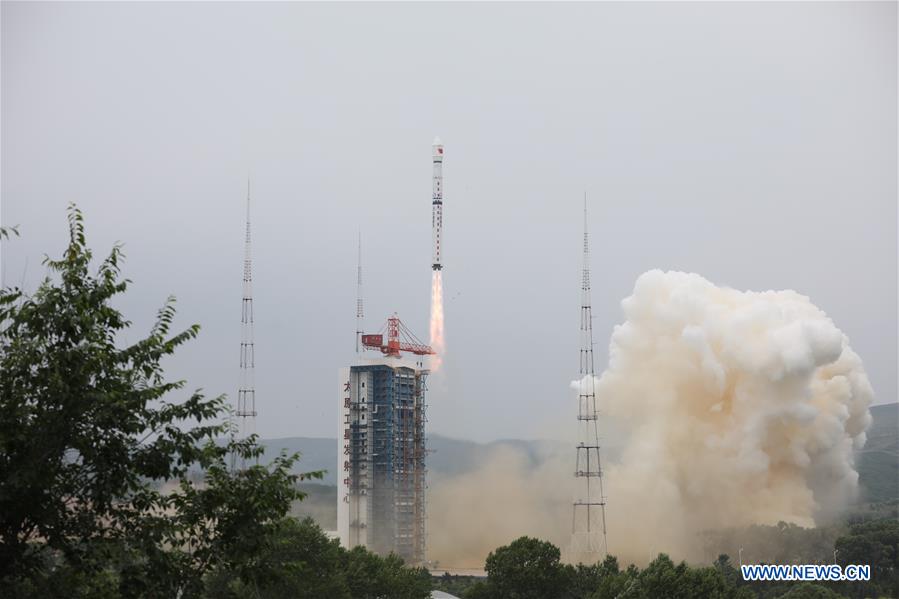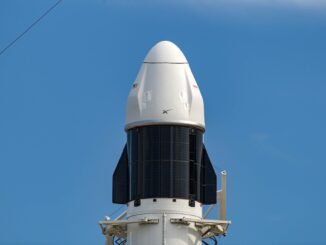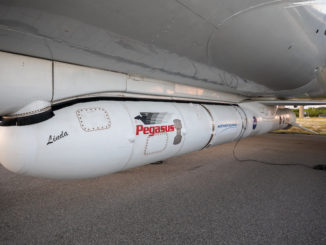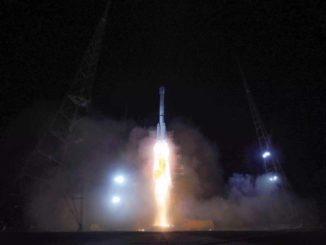
China launched a Long March 4B rocket Saturday with a high-resolution mapping satellite for the Chinese Ministry of Natural Resources and two smaller spacecraft designed for astronomical observations and data relay services.
The three-stage rocket took off from the Taiyuan space center, located in Shanxi province in northern China, at 0313 GMT Saturday (11:13 p.m. EDT Friday), according to the state-run Xinhua news agency.
Liftoff occurred at 11:13 a.m. Beijing time, and the 15-story rocket flew on a southerly track to place its payloads into orbit. Chinese officials declared the launch a success. U.S. military tracking data indicated objects associated with the launch were injected into a polar orbit around 310 miles (500 kilometers) above Earth, with an inclination of 97.5 degrees to the equator.
The third spacecraft in China’s Ziyuan 3 series of mapping satellites was the primary payload on the Long March 4B rocket.
The Ziyuan 3-03 spacecraft, weighing more than two-and-a-half tons, joins two other Ziyuan 3 satellites launched in 2012 and 2016 providing land survey imagery and data to the Chinese Ministry of Natural Resources. The civilian-operated satellites “provide data for the country’s land resources investigation, natural disaster prevention, agriculture development, water resource management, environmental survey and urban planning,” Xinhua said.
The addition of a third Ziyuan 3 satellite will shorten the time the Ziyuan 3 constellation can take images of the same location on Earth from once every three days to once per day, according to Xinhua.
China began launching Ziyuan satellites in 1999, and some spacecraft in the Ziyuan program have been developed in partnership with Brazil.
The two secondary payloads on Saturday’s launch were developed by Shanghai ASES Spaceflight Technology Co. Ltd., Xinhua said.
One of the satellites, named Tianqi 10, was launched for the Beijing-based company Guodian Gaoke for a communication and data relay mission. The other small secondary payload, named Lobster Eye 1, carries a wide-field X-ray astronomy instrument.
Email the author.
Follow Stephen Clark on Twitter: @StephenClark1.



